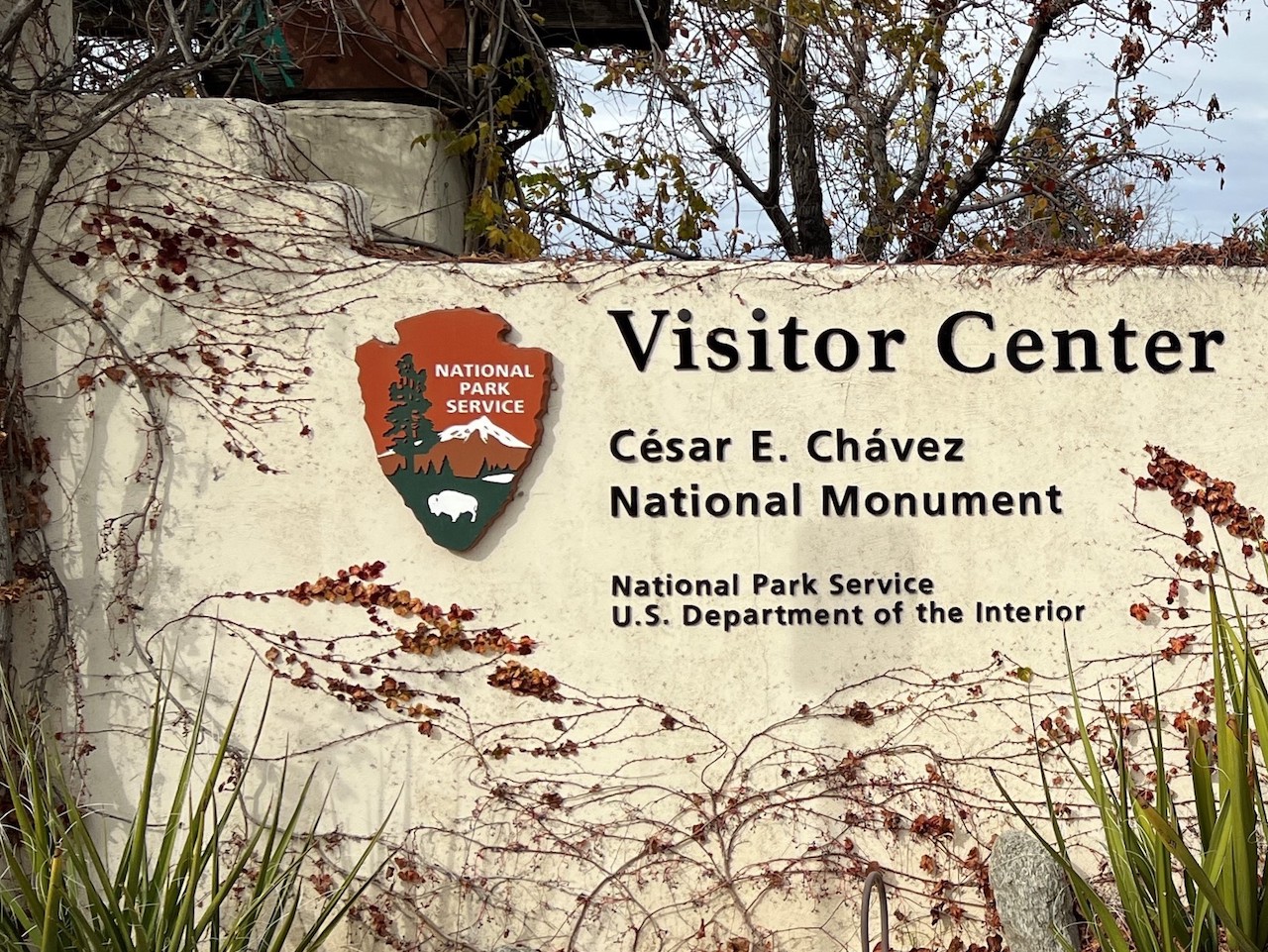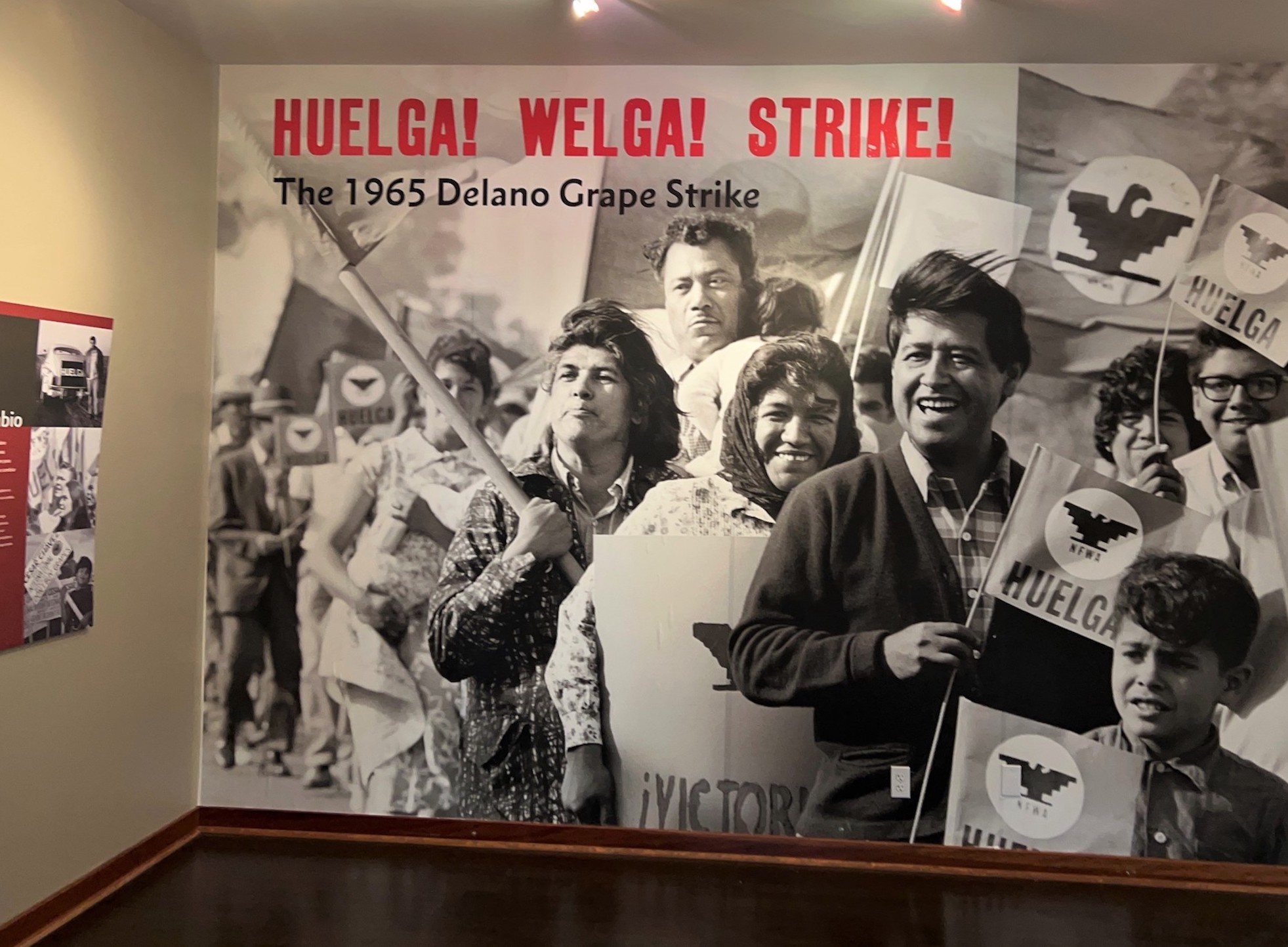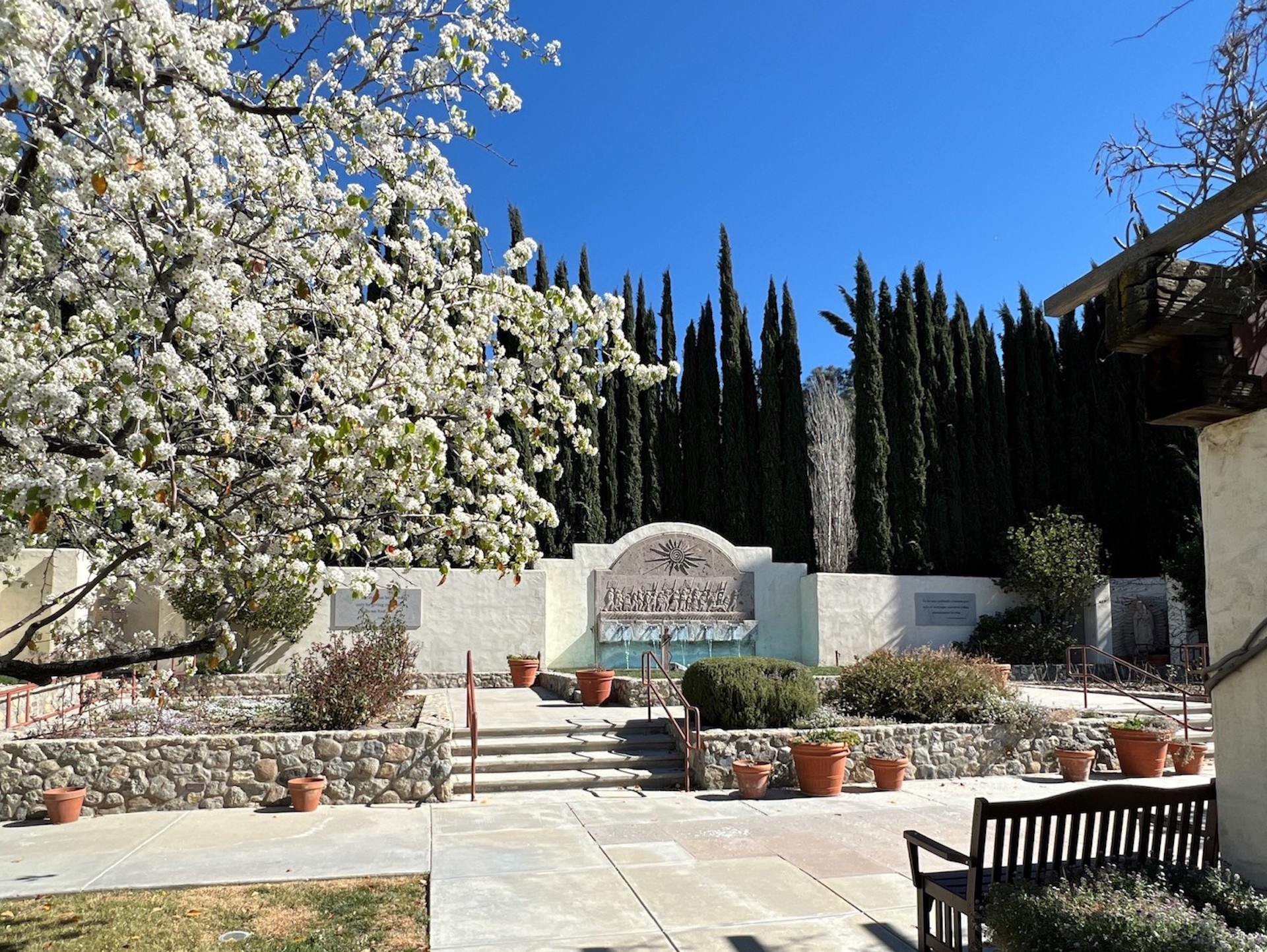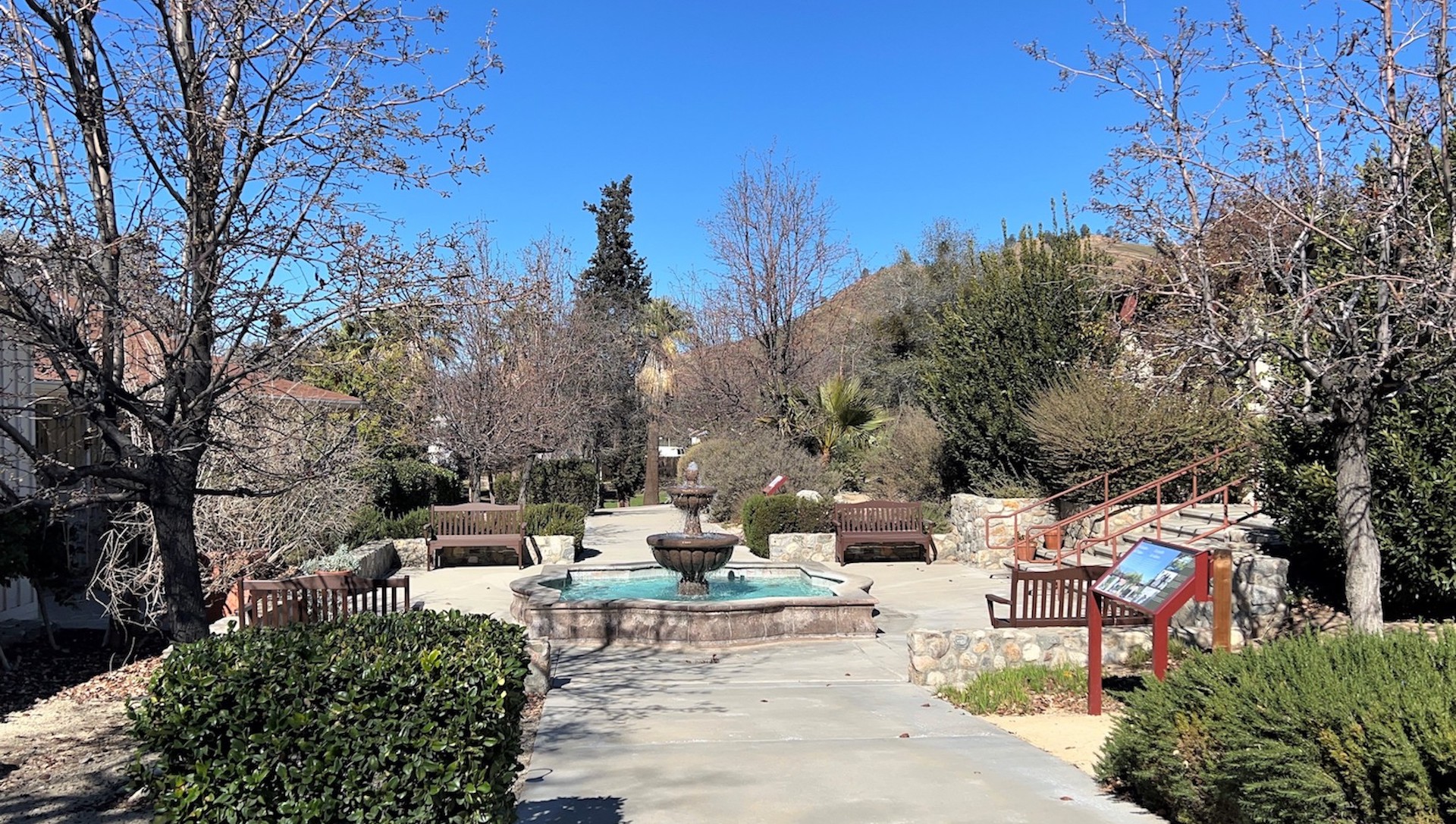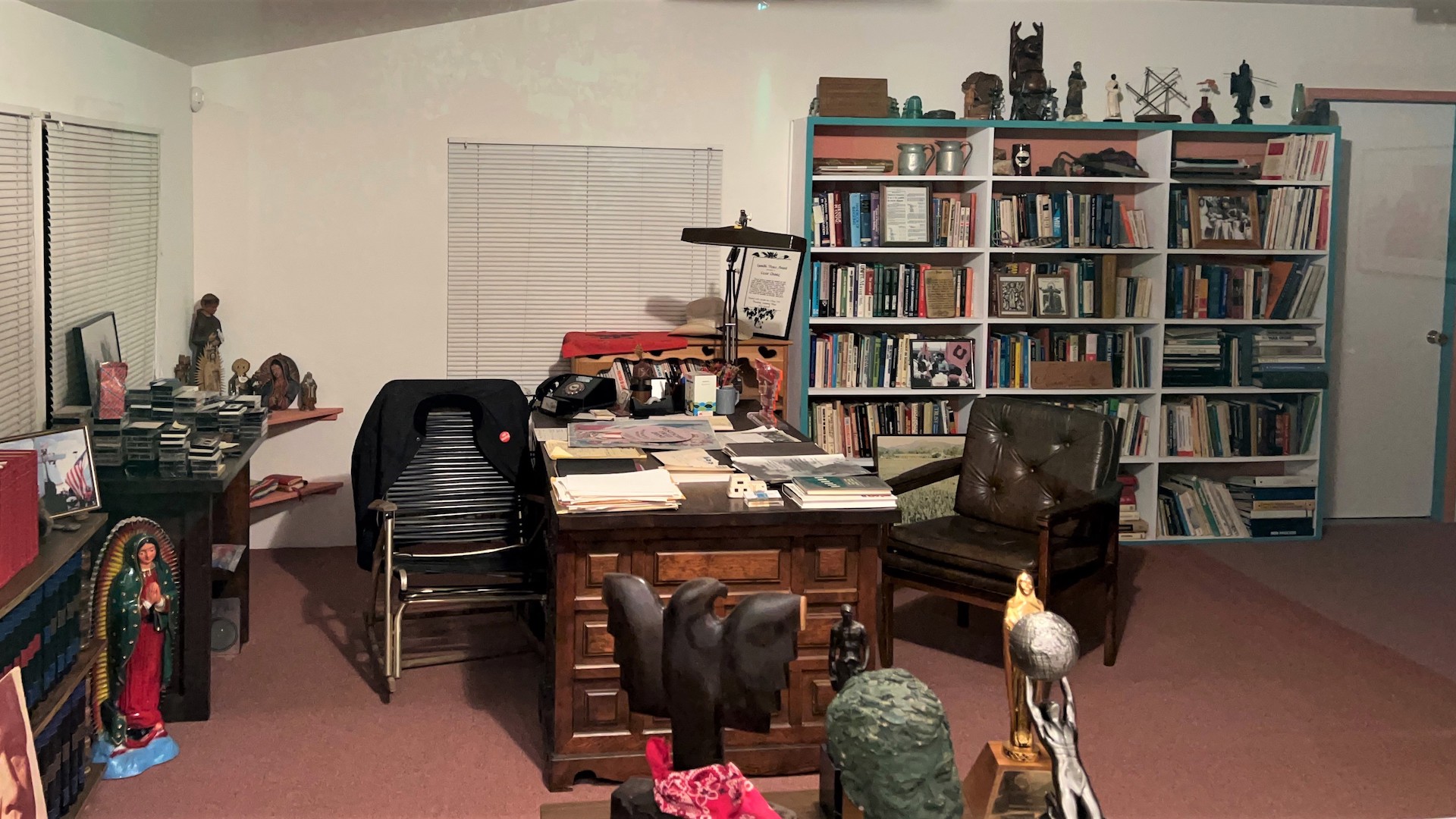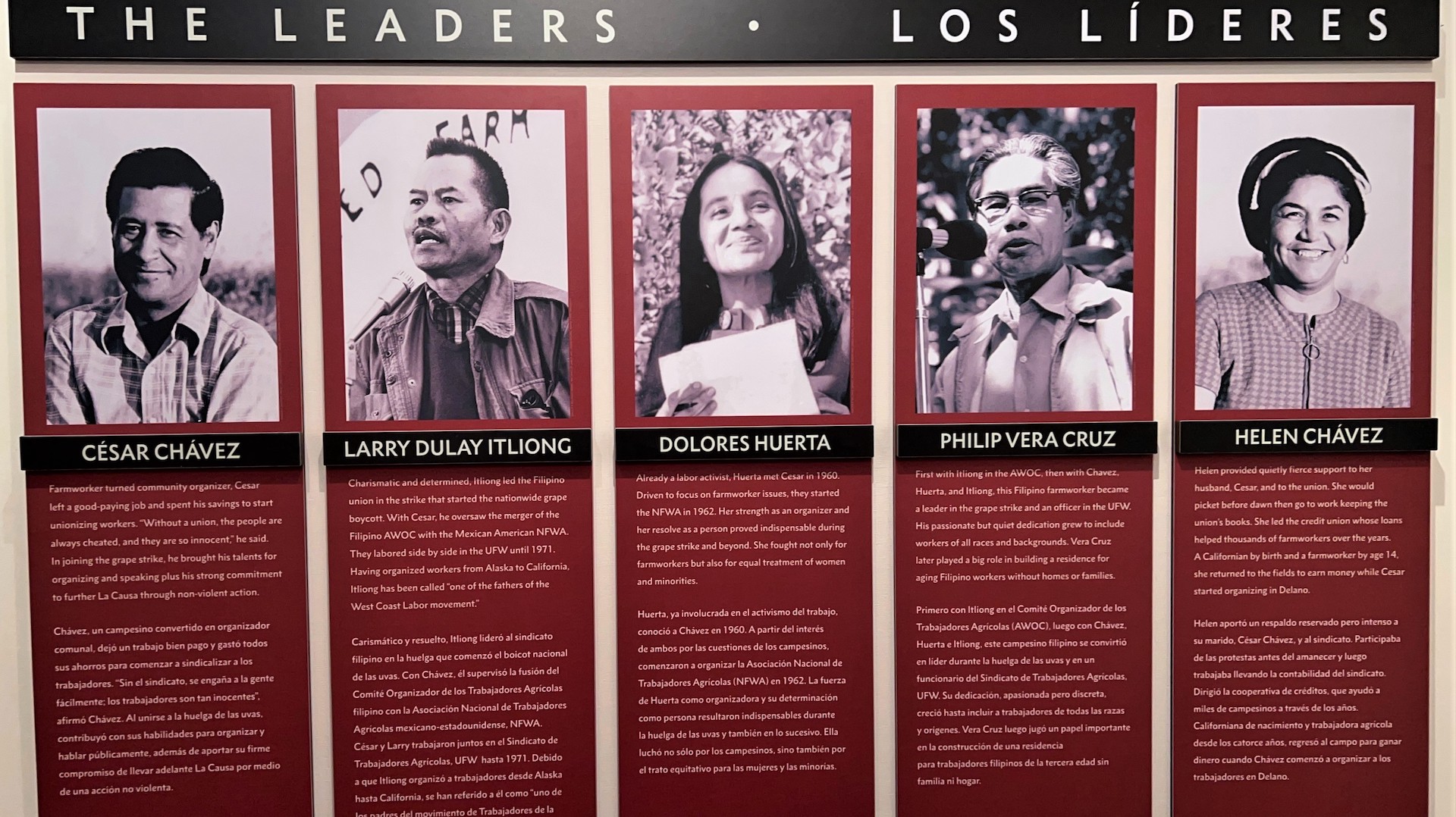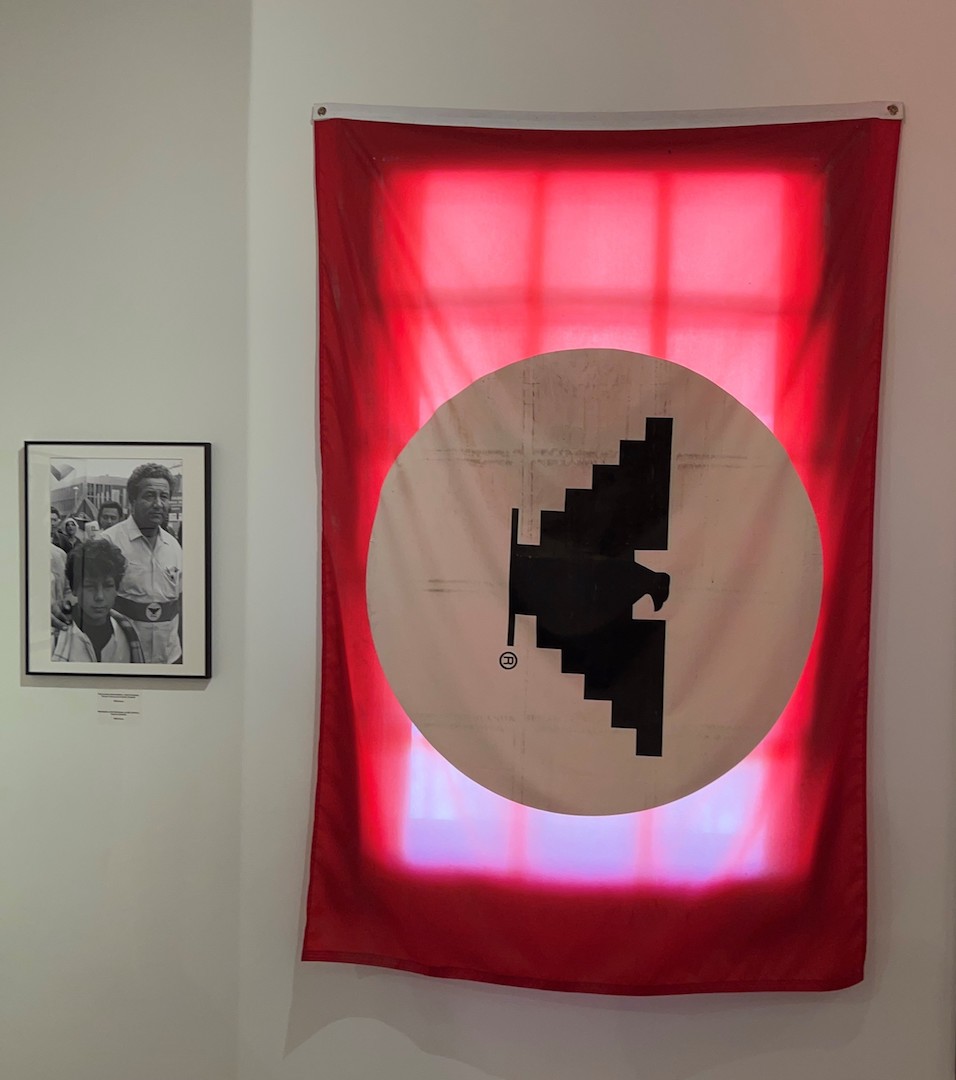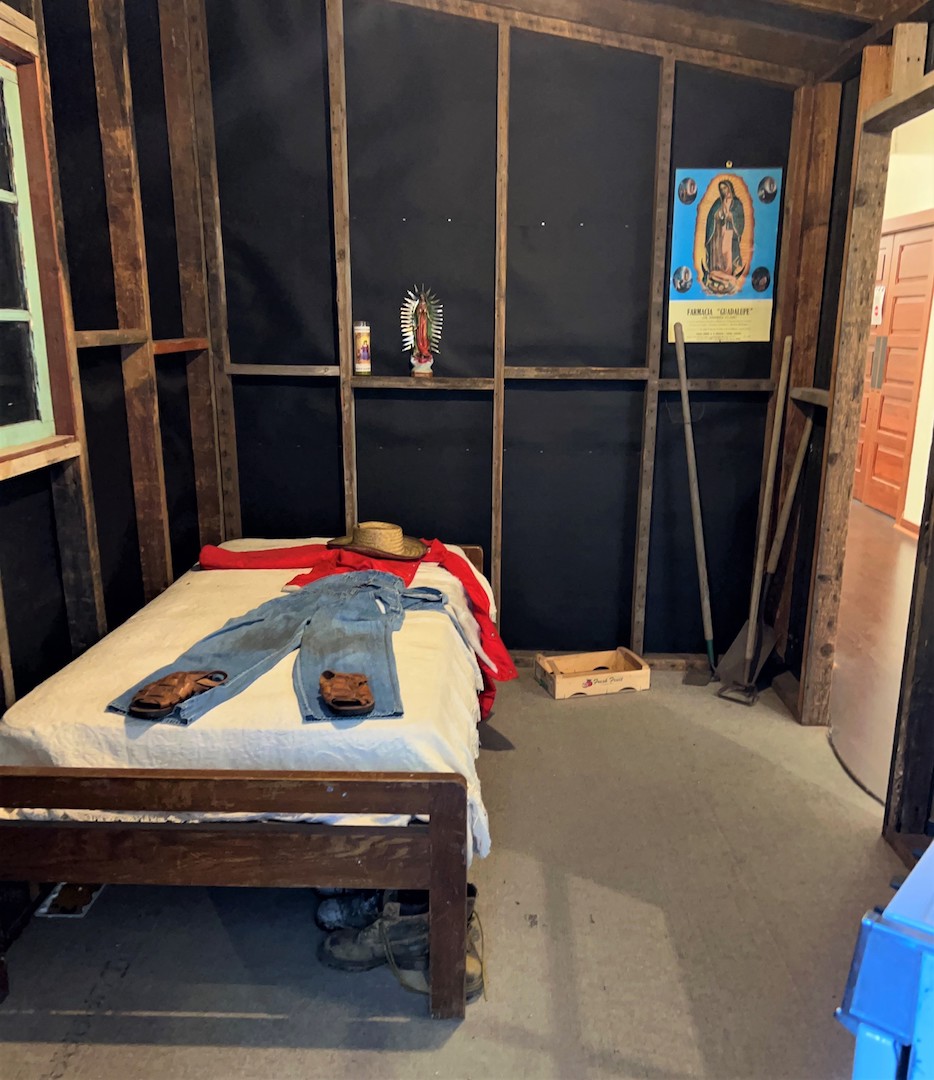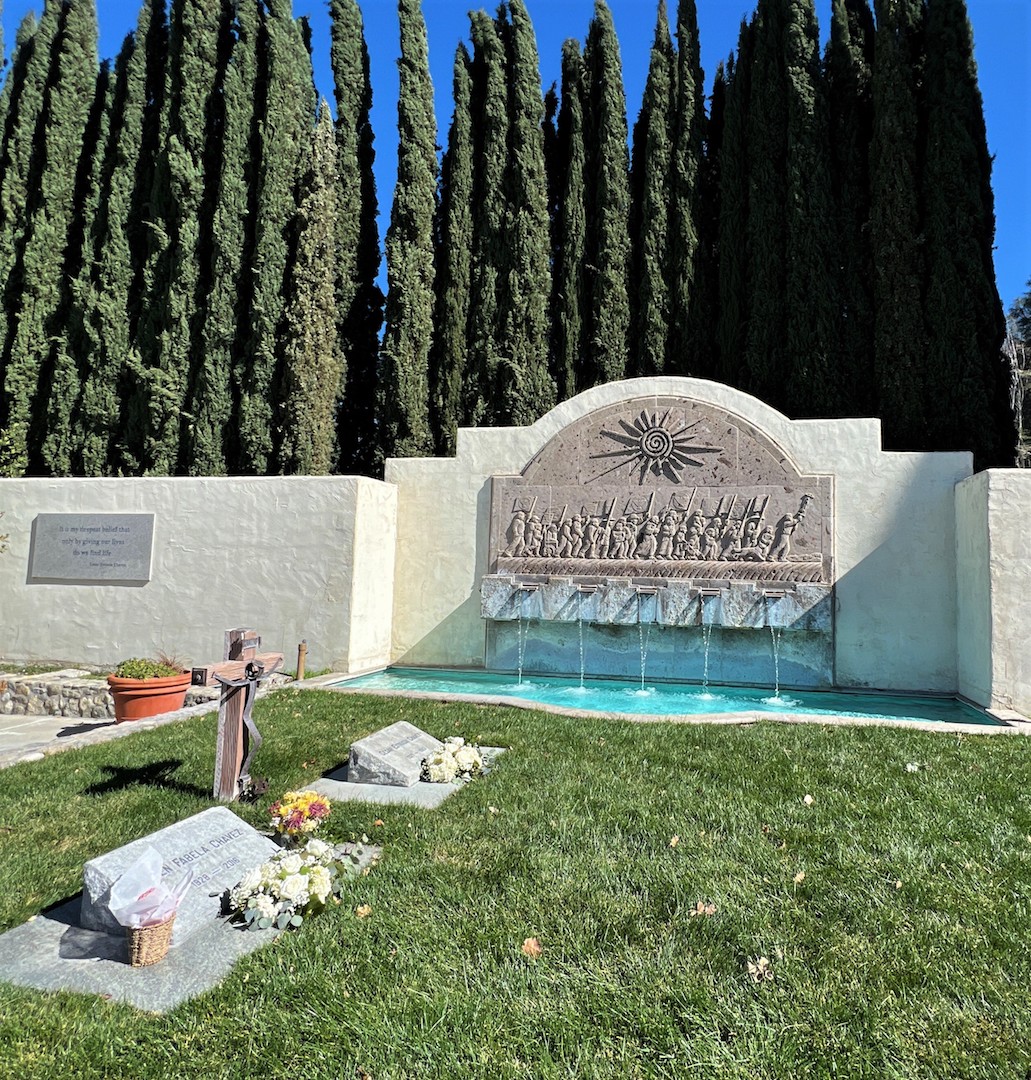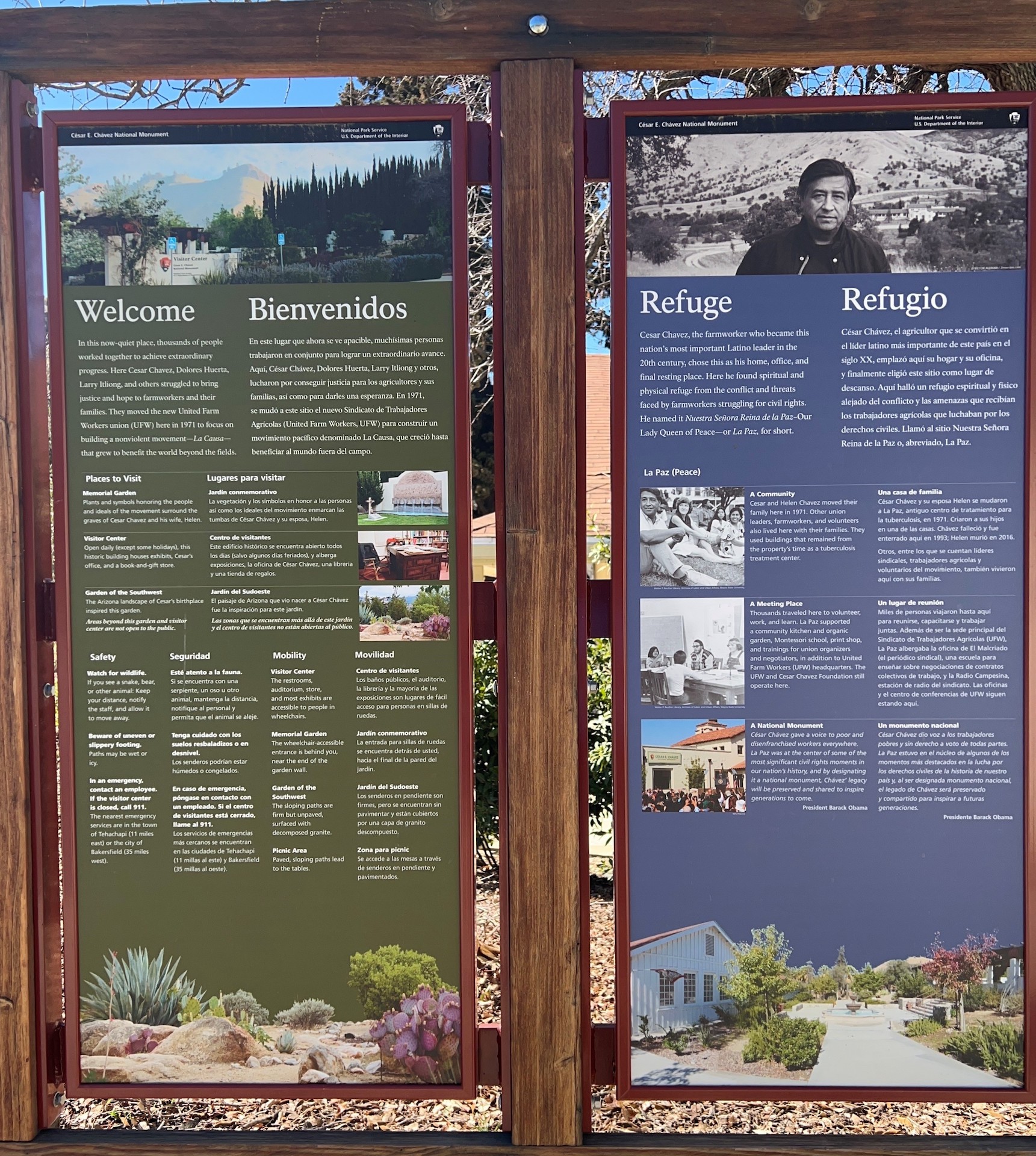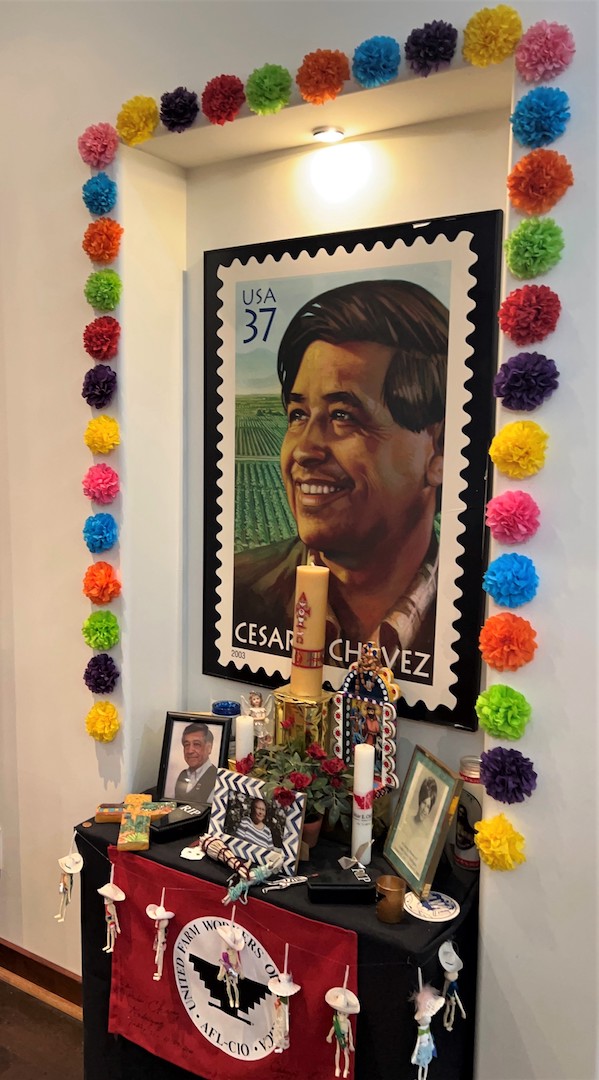
César E. Chávez National Monument
Established in 2012 by President Obama, the César E. Chávez National Monument consists primarily of César Chávez’s home in Central California at La Paz (the official national headquarters of the United Farm Workers), César Chávez's office and the graves of César Chávez and his wife, Helen Chávez, in a Memorial Garden.
As President Obama stated in the Proclamation creating the National Monument: "César Chávez is one of the most revered civil rights leaders in the history of the United States. From humble beginnings in Yuma, Arizona, to the founding of the United Farm Workers (UFW) movement, César Chávez knew firsthand the hard work of farm workers in the fields across the United States and their contribution to feeding the Nation. He saw and experienced the difficult conditions and hardships that confronted farm worker families. And through his hard work, perseverance, and personal sacrifice, he dedicated his life to the struggle for respect and dignity for the farm workers of America."
The National Monument honors the life and work of César Chávez, together with other labor leaders such as Dolores Huerta, Helen Chávez and Larry Itliong, while commemorating the ongoing struggle for labor and human rights.
Details
Location
29700 Woodford-Tehachapi Rd., Keene 93531
Managed By
National Park Service
Website(s)
Distance from UCSB
167 mi
How To Get There
Things To Do
Accessibility Features, Historic/Cultural Interest, Walking
Fun Facts
A son of migrant parents, a WWII veteran and a brilliant organizer and speaker, César Chávez led the United Farm Workers to many successes, including the California Agricultural Labor Relations Act of 1975, which was the first state law in the nation that recognized collective bargaining rights for farm workers.
In 1971, Chávez moved the headquarters of United Farm Workers to La Paz (the site of the Monument), and built a dedicated community of fellow union members and others working for social justice. As the United Farm Workers notes: “Thousands of farm workers and supporters flowed through La Paz over the decades to plan and do the daily work of the movement—from organizing and boycotting to contract bargaining and administration to financial management. La Paz was where many of the most important UFW campaigns—from the early 1970s to 1993, when Chavez died—were devised, planned and often coordinated. They included landmark field strikes, national and international boycotts, and large-scale political campaigns in California and Arizona.”
The Monument and areas around the Monument are managed collaboratively with the National Chavez Center.
Other Information
Here is a contemporary perspective on Cesar Chavez by Los Angeles Times Columnist, Gustavo Arellano.
© Great Public Land Destinations. All Rights Reserved.
Terms of Use
